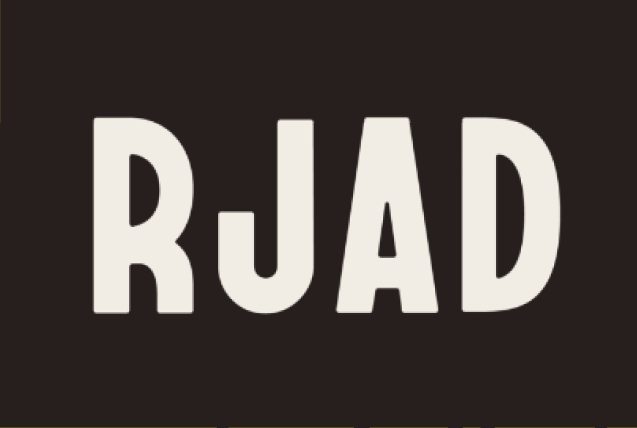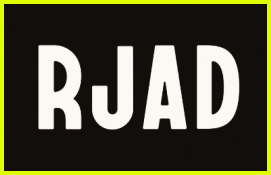Mass Incarceration and Beyond
Syllabus
Description
Topics/ Learning Objectives
- Explaining the main empirical characteristics of incarceration, and the status of U.S. criminal justice policy in historical and comparative context
- Interpreting the meaning of popularized jargon that has emerged to describe the phenomenon of mass incarceration
- Discussing the implications of mass incarceration for racial justice and socio-economic inequality
- Describing the primary ways mass incarceration affects other social policy
- Gaining proximity to communities most directly impacted by mass incarceration through the course materials and/or guest speakers.
Required Material
Find on Bookshop, Online, and your local library
by David J. Rothman (United Kingdom, Taylor & Francis, 2017)
Find on Bookshop, Online, and your local library
Find on Bookshop, Online, and your local library
Find on Bookshop, Online, and your local library
Find on Bookshop, Online, and your local library
Find on Bookshop, Online, and your local library
Find on Bookshop, Online, and your local library
Find on Bookshop, Online, and your local library
Find on Bookshop, Online, and your local library
Find on Bookshop, Online, and your local library
Find on Bookshop, Online, and your local library
Readings and Assignments Schedule
Expectations and Assessments
Assessment Rubric
- Eight (8) written memos in response to readings and class discussions. Papers will be four pages (double spaced). 80% of final grade.
- One 7-minute oral presentation based on readings. Students will select a class session to present.
- Class attendance, oral presentation, and participation in discussions, 20% of final grade.
Assignments
Reading
Students are expected to complete the required reading for each session.
Readings are listed in the outline. Students must come to class prepared to discuss the assigned readings.
Student Oral Summary and Analysis
Each student will choose a date on which they will be one of two students who present at the start of class. There will be 2 presentations each session. Presentations will be based on the readings assigned for the session. Dates can be chosen on the first day of class. The presentation is an essential part of class participation.
Reading Response Memos
Each student will submit eight double-spaced four-page memos discussing the readings in a manner that responds to the session descriptions in the course outline below: “Questions or issues to be explored”. Thorough written responses will address the posed questions and issues, demonstrate mastery of the readings, and demonstrate independent critical thinking in response to the readings. Students can choose a specific reading or combination of readings they respond to in writing, but each student must submit a minimum of eight written responses. Students are advised to read all the materials as class participation in the discussion will account for 20% of the grade.
Taking Care and Creating Space
Be mindful of any privileged identities you may hold and help to create an environment for everyone to contribute, speak up when you have something to share, but also create a space for others to share. This can mean letting others speak even if you do not get to share your view and being aware of the impact you are having on others’ ability to contribute.
Basic Needs and Security
Any student who faces challenges securing their food or housing and believes this may affect their performance in this course is encouraged to contact the instructors.
Materials for Instructors and Facilitators
Suggested Structure
Suggested Assessment Tools
- Readings
- Student Oral Summary and Analysis
- Reading Response Memos
Helpful Resources
- Video Panel: May 2, 2015. “Tricia Rose vs Glenn Loury on the Meaning of Mike Brown.” Brown University Watson Institute Panel (20 minutes).
- The New Yorker Documentary. 2021. Episode 31. “Surviving a Lynching.” In the film Ashes to Ashes, avid “Star Wars” fan and master leatherwork artist Winfred Rembert connects with his dear friend Shirley Jackson Whitaker, who is on a mission to memorialize the four thousand forgotten African-Americans lynched during the Jim Crow era. Released on 01/13/2021. (Viewers may be required to view ads for 90 seconds.)
- The following are examples of other styles of media coverage and public discourse on the same issue. The data remains the same.
- Media Coverage on restoring voting rights to people convicted of felonies in Florida: “Here’s What You Haven’t Heard about Restoring Ex-Felons’ Voting Rights: Analysis.” Orlando Sentinel Oct 08, 2018 at 1:35 pm.
- “Florida Could Soon Restore Voting Rights to Over 1 Million Felony Offenders.” PBS News Weekend. Oct 13, 2018, 3:48 PM EDT.
- “The First Presidential Town Hall Hosted by Formerly Incarcerated Leaders.” The Marshall Project, October 28, 2019.
Required Material

